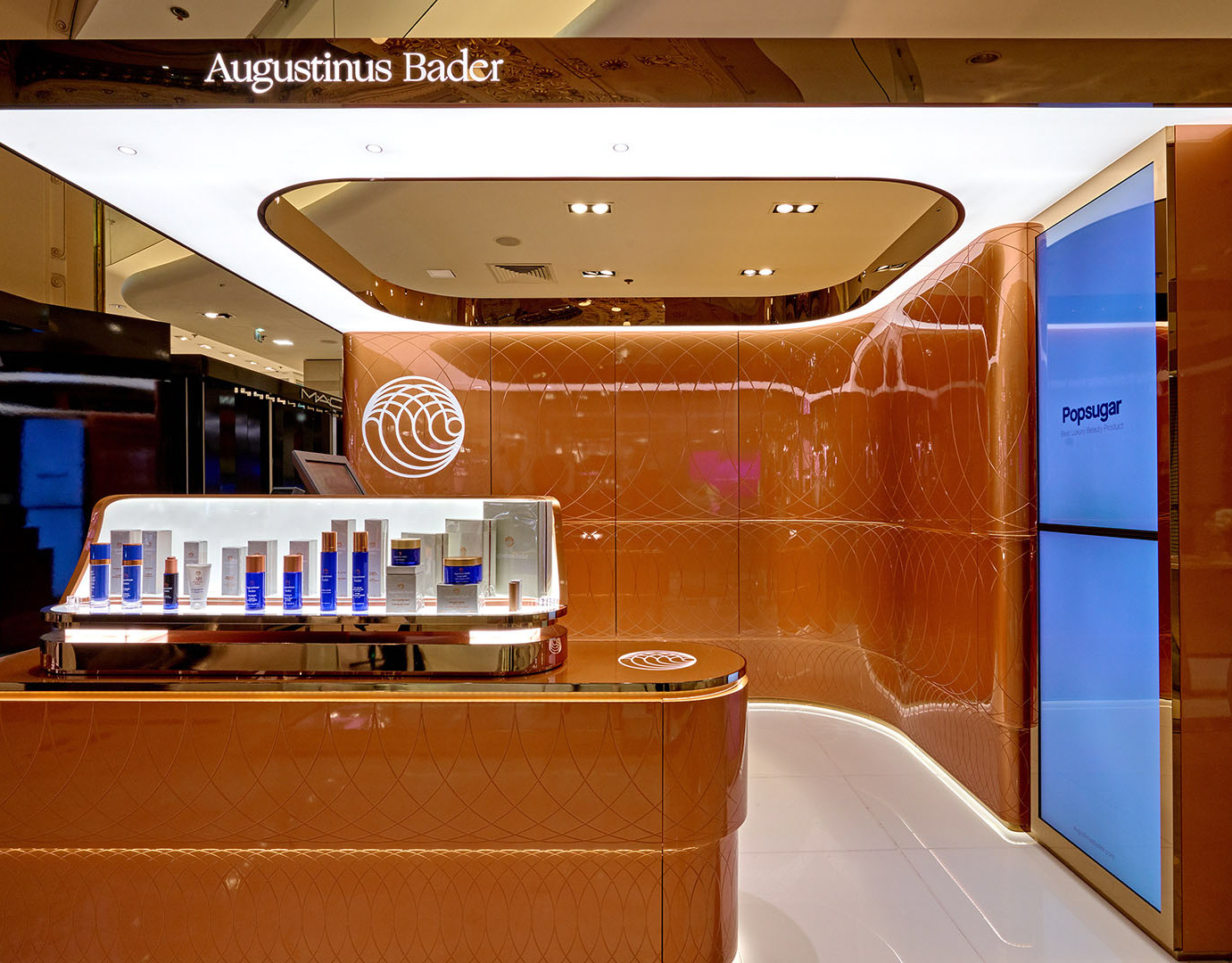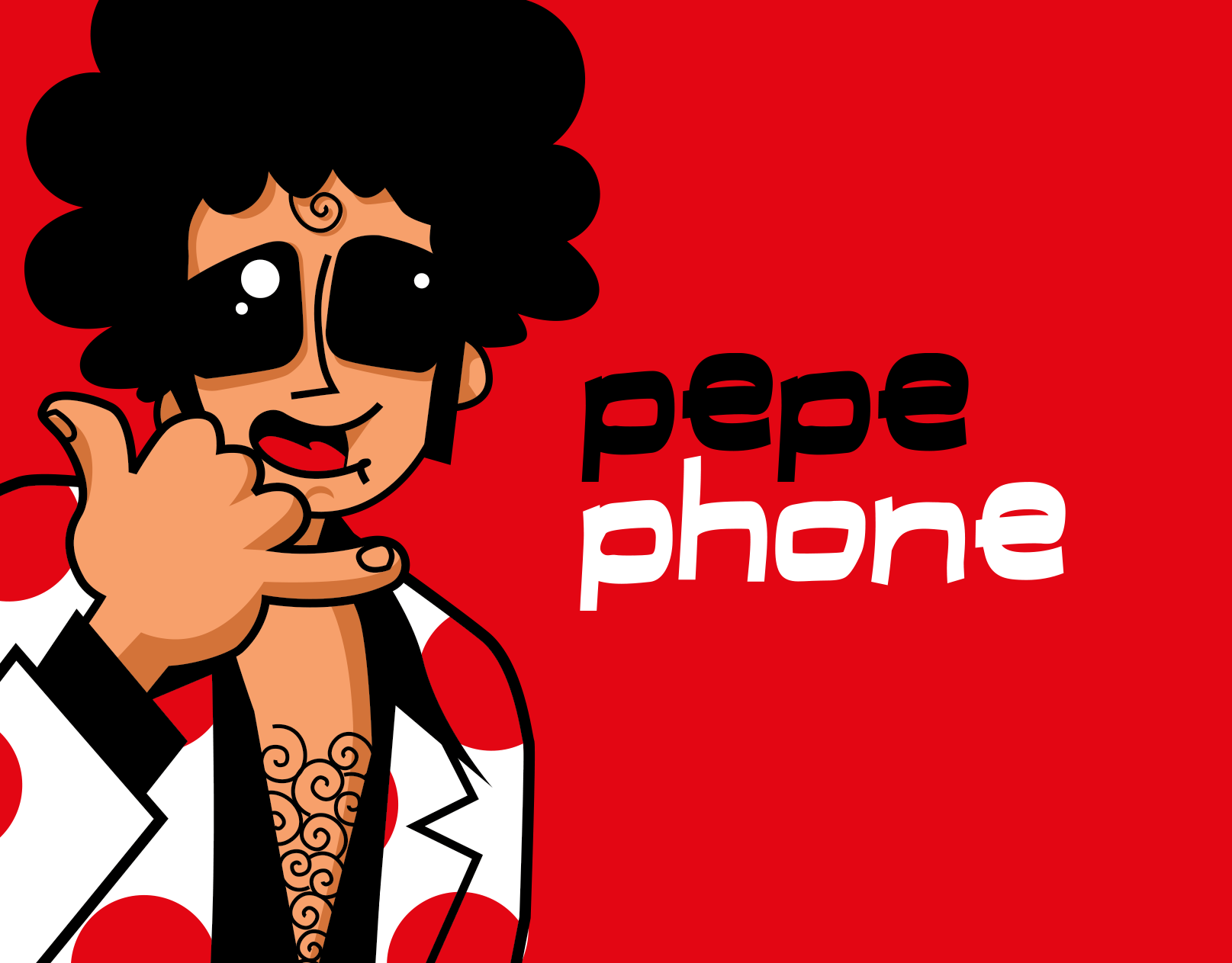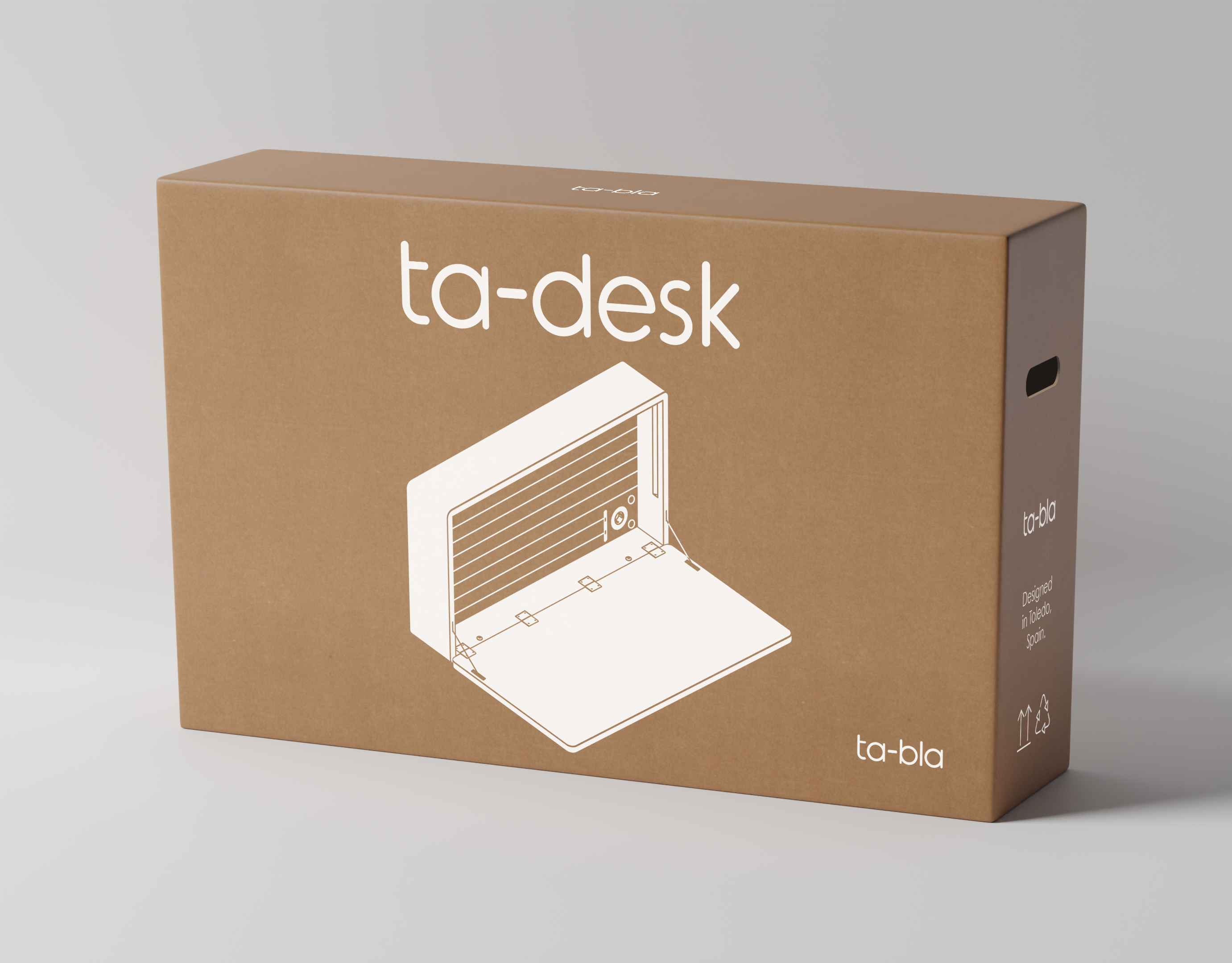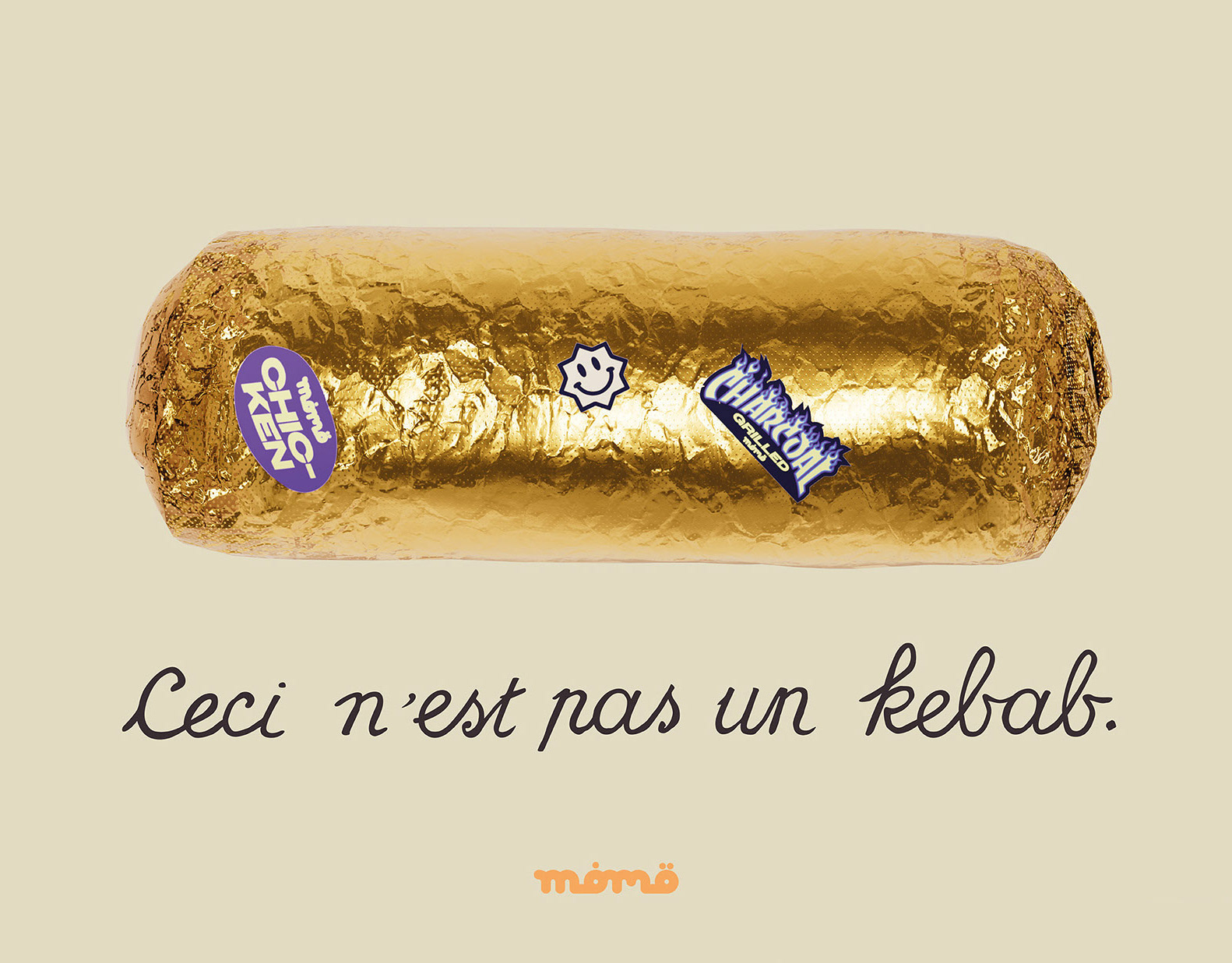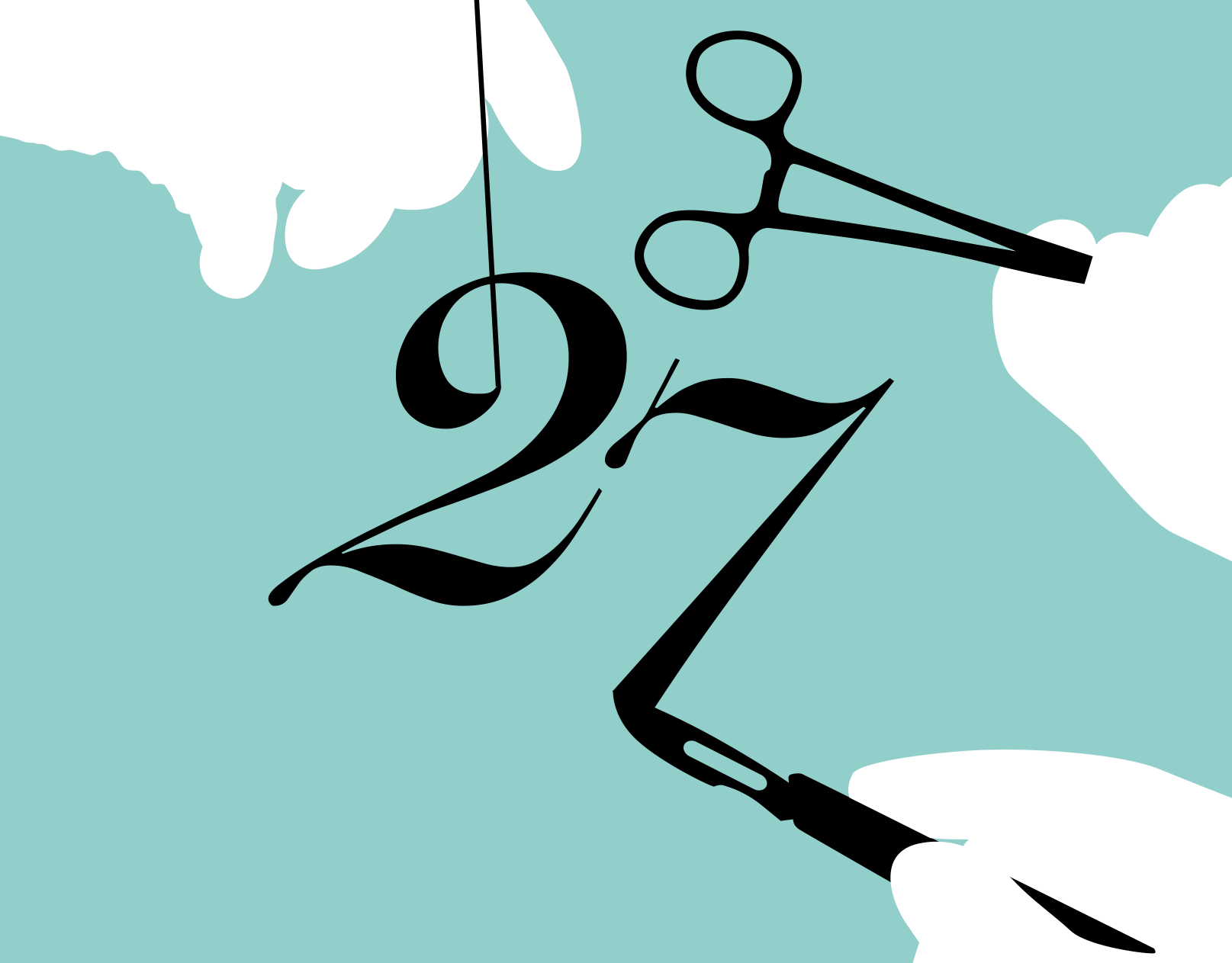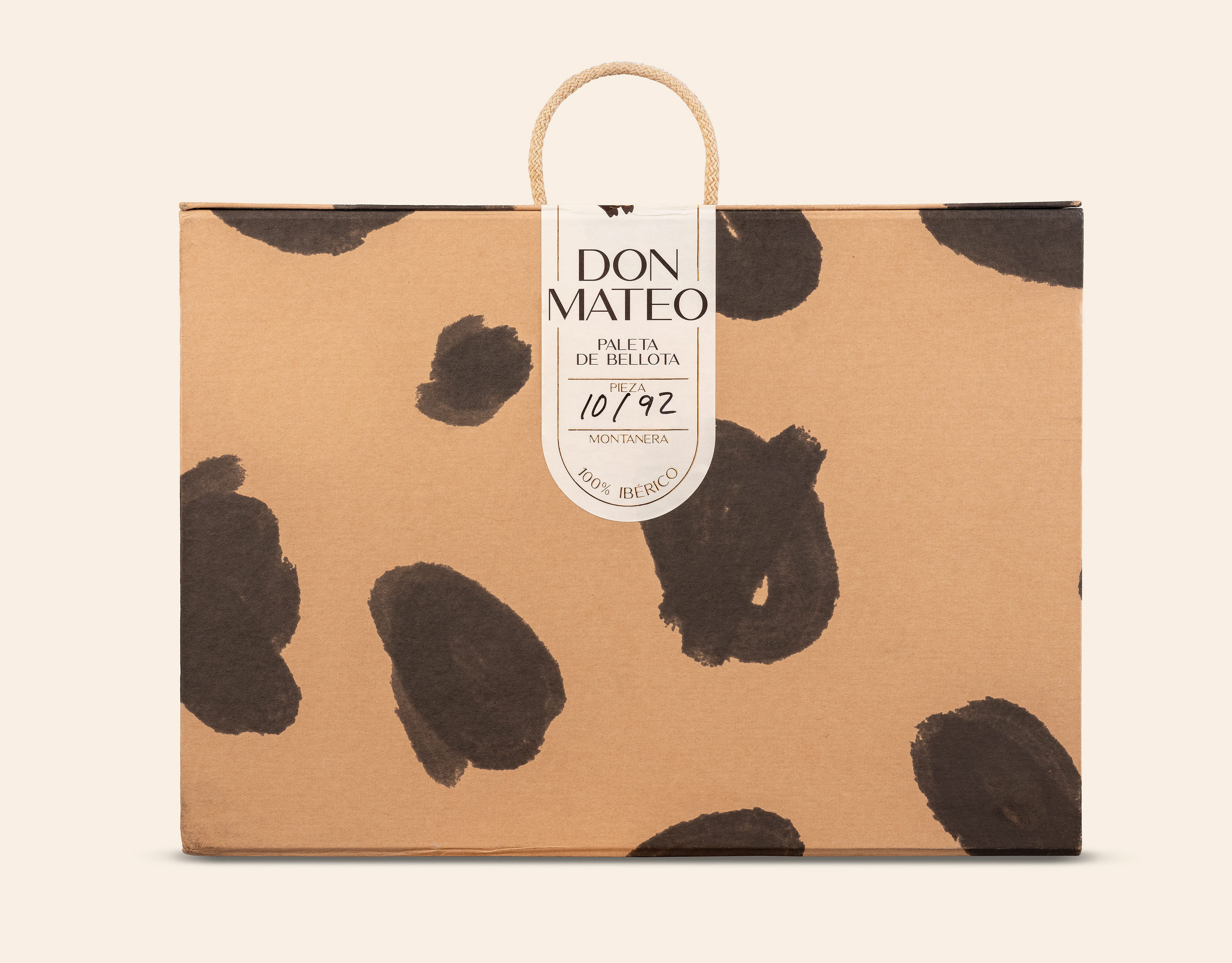A pioneer in e-commerce UX: Air Europa’s 2006 redesign embraced transparency and user control.
Previous situation
2005 marked the definitive rise of so-called low-cost airlines in the Spanish market, such as Vueling, EasyJet, and Ryanair. These new players stood out for one key feature: they sold tickets directly to customers through their websites, with no intermediaries.
This lack of intermediaries hit traditional airlines hard — such as Iberia or Air Europa — which had not been born in the internet era. Low-cost carriers could offer significantly lower prices and manage their inventory with great agility: if a flight had many empty seats, they would offer very low fares to fill them, and sell the last remaining seats at higher prices to balance revenue.
Proposal
In early 2006, I proactively proposed to Air Europa’s executive team a complete redesign of their main website. The goal was to transform it into a platform where users could, in fewer than three interactions, see all available seat prices for a flight across multiple months: absolute visibility and full transparency. The design also included a feature that’s common today — but barely used back then —: alerts for last available seats.
All of this was available on the homepage, with the ability to change parameters such as destination and instantly update prices for different dates and times, giving users total control over their decisions.
Results
The redesigned website immediately quadrupled the conversion rate of visits into ticket sales, far outperforming competitors like Iberia.
Online sales grew 200% year over year, compared to 35% in previous periods.
The new platform also helped optimize seat occupancy and increase the average ticket price.
The launch was accompanied by a marketing campaign whose sole creative element was a simple screenshot of the new website.
Online sales grew 200% year over year, compared to 35% in previous periods.
The new platform also helped optimize seat occupancy and increase the average ticket price.
The launch was accompanied by a marketing campaign whose sole creative element was a simple screenshot of the new website.

